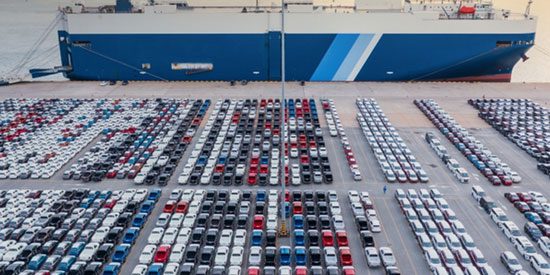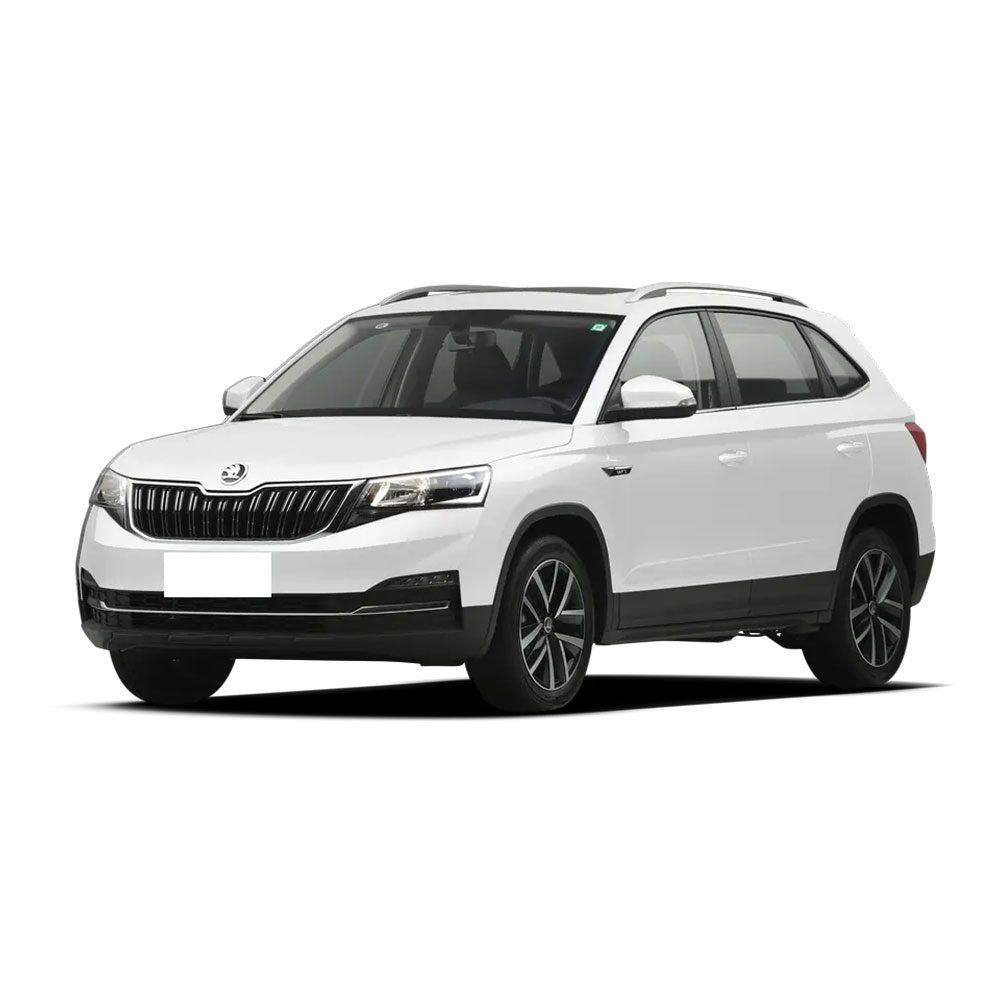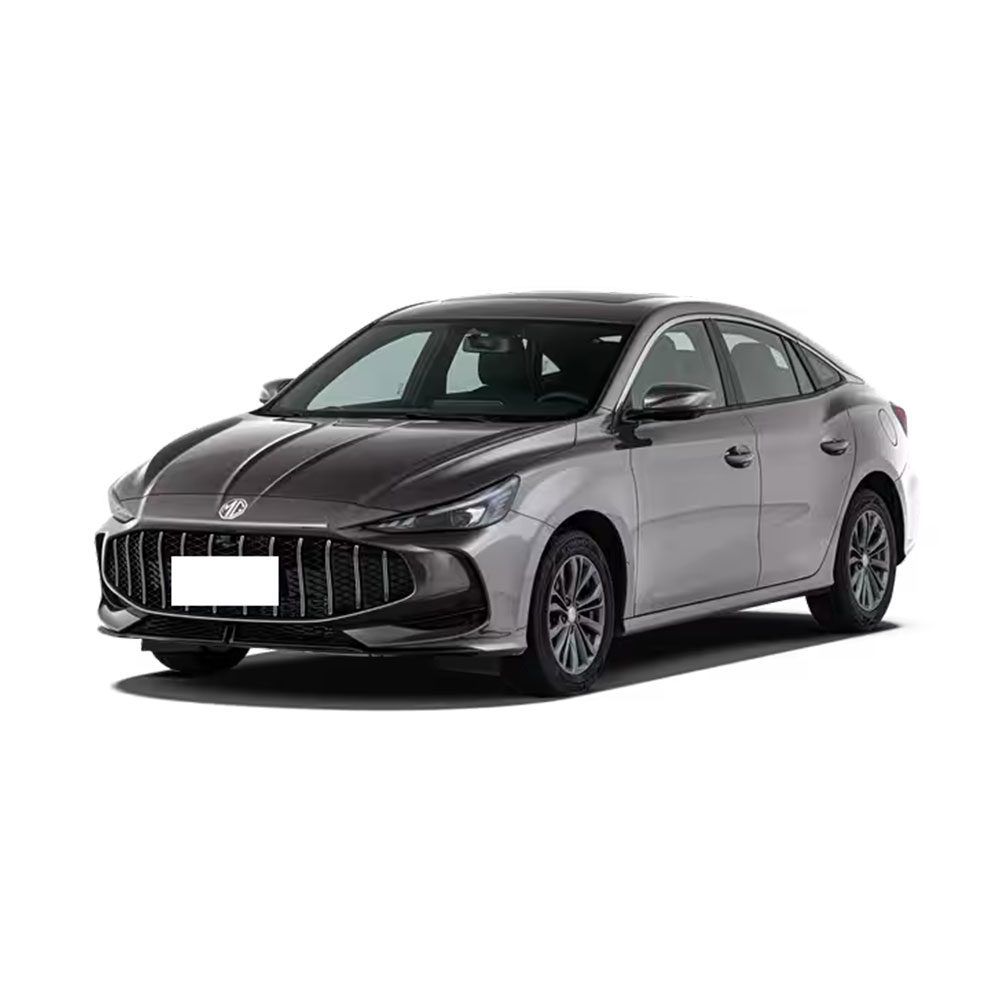Vietnam Car Import Regulations for Chinese Cars in 2025
- 01 New Tariff Policy: Significant Reductions Create Opportunities
- 02 Technical Standards and Quality Certification: Compliance is Key
- 03 Inspection Exemptions: Faster Clearance
- 04 Used Car Import Rules: Understanding Limitations
- 05 Conclusion: Seizing Market Opportunities
- Feel Free To Contact Us Anytime
Vietnam is adjusting its import tariff policy in 2025, creating new market opportunities for Chinese automobile exporters. The country has not only reduced automobile import tariffs but also streamlined inspection procedures. These changes provide more convenient market access conditions for Chinese automakers.
This article details the latest regulations for importing Chinese automobiles into Vietnam. We cover four key aspects: tariff policy, technical standards, inspection exemptions, and used car imports. This information will help you fully grasp business opportunities in this growing market.

01 New Tariff Policy: Significant Reductions Create Opportunities
The Vietnamese government implemented a new import tariff policy on March 31, 2025. This development brings positive news for Chinese automobile exporters.
According to the official government announcement, import tariffs on certain vehicles have dropped from 64% to 32%.
This measure significantly lowers cost pressures for Chinese automobiles entering Vietnam.
The tariff adjustment covers a broad scope, including both traditional fuel vehicles and new energy vehicles.
Meanwhile, the government also reduced the liquefied natural gas tariff from 5% to 2% and lowered the ethanol tax rate from 10% to 5%.
These adjustments collectively reduce energy costs for automobile use, indirectly promoting vehicle consumption.
The Vietnamese Ministry of Finance clearly stated three main goals for these changes:
- Improve trade balance with partner countries
- Encourage businesses to diversify imported goods
- Ensure simple, taxpayer-friendly policies
These policy directions create a more favorable trade environment for Chinese automobile exporters.
02 Technical Standards and Quality Certification: Compliance is Key
Chinese automobile manufacturers must strictly follow Vietnam’s technical standards to successfully enter this market.
The Vietnamese government issued Decree No. 60/2023/ND-CP as the core basis for quality, safety, and environmental certification of imported automobiles.
This decree took effect on October 1, 2023 and will fully apply to automobile products from August 1, 2025.
The decree sets clear quality control requirements for imported automobiles, specifically detailing procedures for recalling defective products.
Importers must notify distributors to stop selling defective vehicles within 5 working days of receiving a recall notice.
They must also submit a written report to inspection agencies within 10 working days. This report should explain the defect cause, remedial measures, recall numbers, and detailed recall plan.
These regulations protect Vietnamese consumers while providing fair competition for compliant Chinese manufacturers.
03 Inspection Exemptions: Faster Clearance
Chinese automobile exporters find inspection exemptions particularly attractive in the Vietnamese market. These exemptions result from Conformity of Production (COP) certification.
Recently, the Dongfeng Nano 01 model obtained a 36-month inspection exemption pass from Vietnamese quality authorities.
This means exporters can ship this model to Vietnam for three years without batch-by-batch inspection, enabling direct customs clearance.
Authorities granted this exemption after conducting a strict COP audit of the Dongfeng Yipai Technology Xiangyang factory.
The audit covered multiple dimensions including manufacturing standards, safety performance, and environmental compliance.
The most direct benefit is dramatically reduced clearance time – from months down to hours.
This significantly cuts logistics costs while allowing faster market entry, improving overall response speed.
For efficiency-focused Chinese exporters, this policy definitely makes Vietnam more attractive.
04 Used Car Import Rules: Understanding Limitations
Besides new vehicles, Chinese exporters should understand Vietnam’s regulations for used car imports.
Vietnam permits used car imports with one key restriction: all imported used cars must be under 5 years old.
Additionally, the country bans specific vehicle types including:
- Right-hand drive vehicles and kits
- Used ambulances
- Vehicles with modified or recast frame numbers
For private vehicles, Vietnam mandates a compulsory 2-year or 50,000-kilometer warranty.
This means used car exporters must provide corresponding quality guarantees.
Exporters can only ship used cars through approved pilot cities – over 40 have Ministry of Commerce approval.
Simultaneously, they cannot export vehicles that have reached mandatory scrap standards or are within 1 year of scrap limits.
Vietnamese importers must obtain licenses from the Ministry of Industry and Trade and provide various documents including:
- Vehicle inspection reports
- Registration certificates
- Purchase invoices
- Deregistration certificates
Understanding these rules helps Chinese used car exporters expand compliantly in Vietnam.
05 Conclusion: Seizing Market Opportunities
Overall, Vietnam’s 2025 import regulations show three clear trends: lower tariffs, simpler processes, and standardized supervision.
These changes give Chinese automobile companies better market access conditions and more competitive cost structures.





